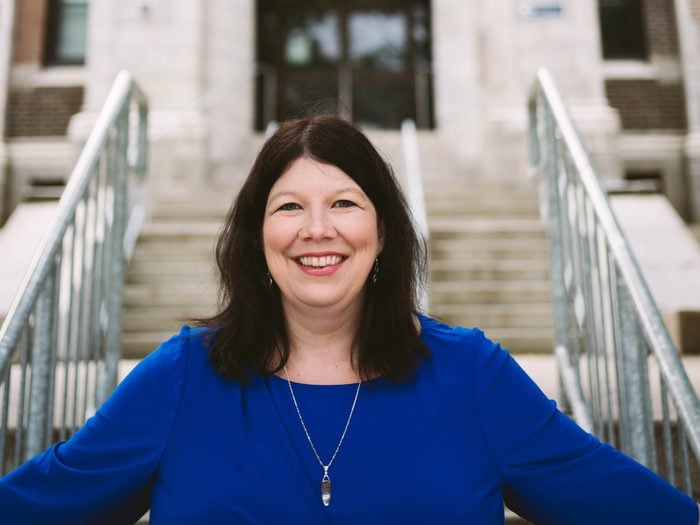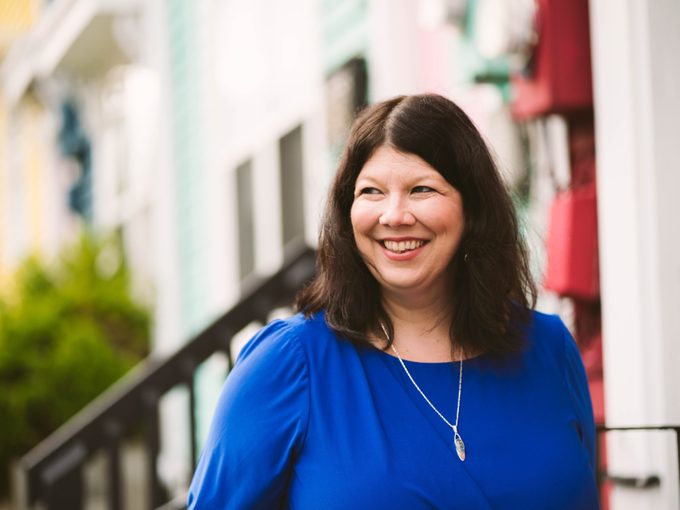A Psychologist’s Guide to Preparing for Back to School 2021

Writer Hannah Sung and Dr. Janine Hubbard on navigating the unfamiliar territory of a post-pandemic back to school.
This September, as we cautiously ease out of a one-and-a-half-year-long pandemic, we are heading into a back to school unlike any other. School has changed. We’ve changed too.
Research from Public Health Ontario showed that during the first lockdown, half of caregivers surveyed reported moderate to high levels of concern for managing their children’s remote learning, screen time, and their child’s anxiety and stress. And according to a SickKids survey of families during Ontario’s first lockdown, 70 percent of children ages six to 18 and 66 percent of preschool children two to five years old reported deterioration in at least one factor of mental health, including depression, anxiety and irritability.
Meanwhile, a smaller group, 20 percent of school-age children and 30 percent of preschoolers, actually reported improvement in at least one factor for mental health.
The specifics of mental health come down to the individual. No one knows this better than Dr. Janine Hubbard, a St. John’s, N.L., psychologist who specializes in working with youth and adolescents.
(Related: Post-Pandemic: Coping With the Anxiety of a Changed World)
Hubbard says she saw the “video gamers,” those who were used to socializing at home and online, fare well because their socialization was already online. However, she noticed that children with pre-existing issues, especially anxiety and depression, became higher risk for mental health factors like depression and anxiety due to social isolation.
In the Before Times, back to school was the busiest time of year for Hubbard, when she would be booked solid, providing therapy to children and teens, most of them dealing with anxiety. This year, she is concerned with how kids will readjust to the learning, social, behavioural and emotional demands of the school year, especially given the recent surge in eating disorders, suicide ideation and depression.
I spoke with Hubbard for some much-needed insight (and, let’s face it, reassurance) on how to prep for a post-pandemic return to school.
(Related: ‘Don’t Try to Change Someone’s Reality’: How My New Blended Family Survived Covid Lockdown)

I have kids of my own, and thinking about September, I’m wondering how can we, as parents, support kids heading back to school?
I’m less concerned about academics. I’m worried about the social skills of a lot of our kids. They didn’t get to eat in the lunchroom or hang out in the hallways. They weren’t able to lean over and whisper and chit-chat—all of those subtle nuances help establish or solidify friendships—let alone the kindergarteners who didn’t get to share toys and take turns. So we have groups of kids who are going to need some catch-up in social skills.
How can families help them catch up?
Create more opportunities for informal play. Even if it’s just letting the kids go to the park and hang out, sitting on a picnic bench and talking. That’s what they’ve missed.
You may need to facilitate activities, especially if you’ve got a teen who’s nervous, like, “No, I’m good hanging with the family—I’m happy like this.” You may have to facilitate somebody coming over. Pop some popcorn; put on the movie; set them up with a baking or craft activity.
How can families help if children are nervous?
Ask them what they’re worried about. Don’t make assumptions. Kids constantly surprise us. It may not be, “I’m worrying about academics or health.” It may be, “There was a text chain that involved everybody else in the class, and I wasn’t included.”
Or, for little kids, I know many missed out on orientation sessions, so there are huge unknowns. “What does my classroom look like? What are the chairs like?” There are simple ways to alleviate some of those fears—for example, having a teacher send photos of the classroom. Something as simple as that can help reduce anxiety.
This past year has also been a time of massive racial reckoning, discussing social inequities and colonial violence. It’s pretty traumatic. How can we support our kids who are having an emotional response to learning about the world around them?
First of all, validate. It’s important to be having an emotional response, because that’s how we should be responding.
Talk to them. Say, “How are you feeling? This is how I’m feeling. This is what I do to cope when I’m having these feelings. It’s okay to be sad. It’s okay to be mad.” Then we help them figure out how to cope with it.
(Related: 13 Books About Race to Read to Your Kids)
Is there anything else we can do to set our kids up for success in September?
The readjustment around sleep and electronics, particularly sleep, is important.
I’m a big fan of having an “electronics bedtime.” Have a central docking system in your kitchen or living room. All the electronics go there an hour before bedtime to charge overnight. No cellphones in the bedroom.
Regular sleep routines and adequate amounts of sleep are essential for children and teens to handle the stress of returning to school. Sleep helps with focus, attention and concentration, and helps regulate mood.
Finally, back to school is a big transition for parents as well. Any advice to help us cope?
Be honest (in age-appropriate ways) with them about your worries. Don’t just dismiss it and say everything will be fine. Connect with school staff if you have worries about how your child will cope with the return. Remind both yourself and your child of all the safety measures you’re both following. Focus on the things you can control, since so much is out of your control. Plan fun family activities for the first day of school, first weekend and later in the fall so everyone has something to look forward to.
An ongoing concern Hubbard has as we tread back into a new normal is that youth who need mental health support may have delayed seeking treatment during the pandemic. If your child needs to connect with mental health services, call Kids Help Phone at 1-800-668-6868.
Hannah Sung’s column appears monthly(ish) on Best Health. It’s adapted from her (excellent) newsletter, At The End Of The Day. If you’re interested in reading more, sign up for it down below or click here.
Next, Where’s Your Head At?




